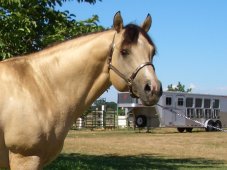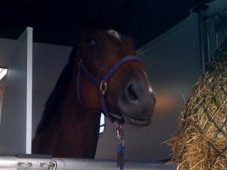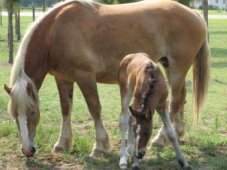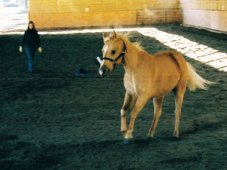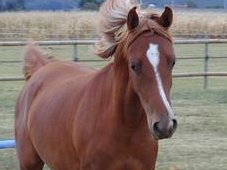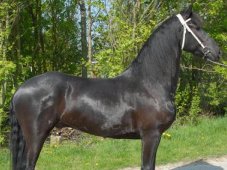Heeding: Handling Stallions
One of the biggest mistakes that I see people make in their relationships with horses is failing to pay complete attention to the horse they are handling. That’s why heeding is the best program I know of for working with a stallion.
Read more